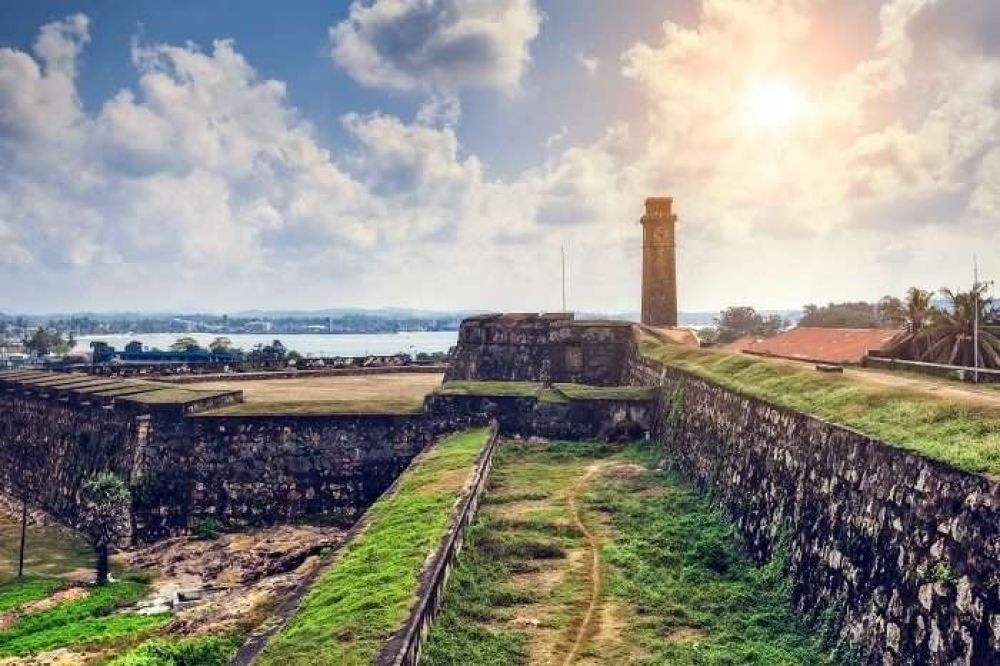

Built by the Portuguese in the 16th century and subsequently fortified by the Dutch in the 17th century, the Galle Fort in Galle, Sri Lanka, has long been a gem of historical significance and architectural brilliance. Its history steeped in colonial influences, this bastion has witnessed the passage of time and the ebb and flow of different empires.
Galle Fort's initial purpose was to serve as a fortification and a point of strategic trade and military importance. From the Portuguese to the Dutch and the British, each colonial power that took over the Fort left their mark on the town's architectural and cultural tapestry. The Fort was primarily known for its strong bastions and granite walls, fashioned to withstand old-time sieges and battles.
As Sri Lanka gained its independence in 1948, the focus began to shift towards showcasing the country's rich history and cultural heritage. It wasn't until the late 20th century that the Galle Fort increasingly became recognized not just as a historical relic, but also as a potential tourist destination. Its cobblestone streets, European architecture, and myriad of historical sites made it an attractive place for those interested in history and culture.
Galle Fort's status as a tourist hotspot was cemented when it was declared a UNESCO World Heritage Site in 1988. Major conservation efforts were undertaken to preserve the Fort's authenticity and integrity. This acclaim brought international recognition, and the subsequent years saw a significant uptick in tourist activity. The preservation of its eclectic colonial buildings turned it into a living museum, one that could be wandered, explored, and lived in.
The turn of the 21st century saw Galle Fort integrating modern amenities with its historical charm. Boutique hotels, artisan shops, and fine dining establishments began to populate the area, offering visitors both comfort and a glimpse into the past. A trend that stands out in recent years is experiential travel. Tourists are no longer satisfied with mere sightseeing; they seek immersive experiences that allow them to understand the local lifestyle, cuisine, and traditions.
Like many destinations worldwide, Galle Fort's tourism industry was heavily impacted by the COVID-19 pandemic. Travel restrictions and health concerns led to a sharp decline in visitor numbers. However, the latter part of 2020 and into 2021 has seen a gradual revival as Sri Lanka cautiously reopened its borders to international tourists, emphasizing safety protocols and sustainable travel.
Post-pandemic tourism in Galle Fort has placed a strong emphasis on sustainable practices and community involvement. Efforts to promote responsible tourism include encouraging local handicrafts, supporting small businesses, and ensuring that tourism development does not detract from the site's cultural and historical essence.
The story of Galle Fort is one of resilience and adaptability. It has journeyed through many eras, serving different roles yet maintaining its unique identity. Today, it stands as a testament to Sri Lanka's rich history and its burgeoning potential as a top tourist destination, reflecting an enduring legacy that continues to captivate and educate visitors from around the globe.